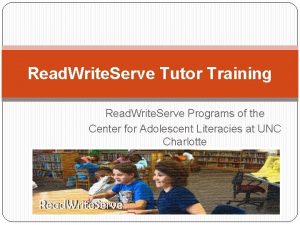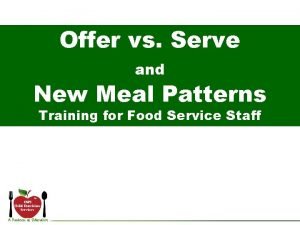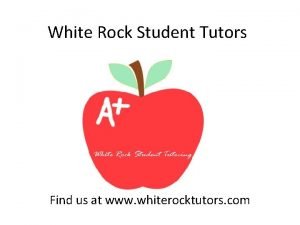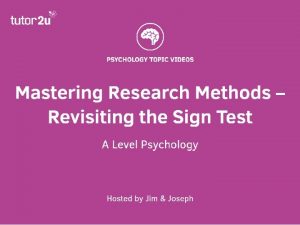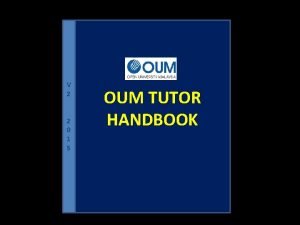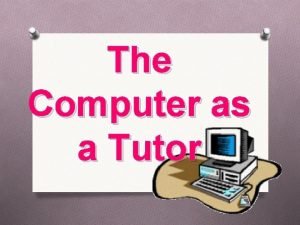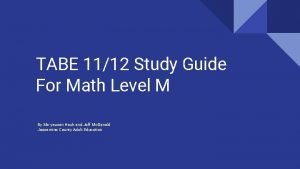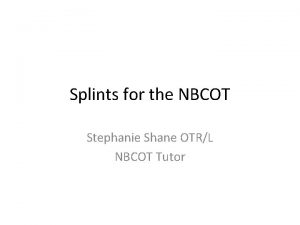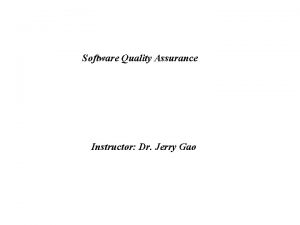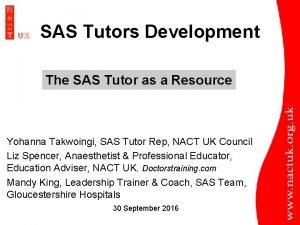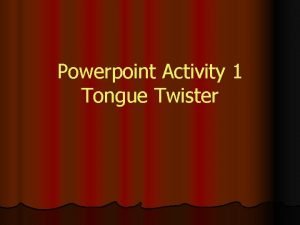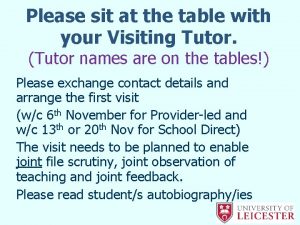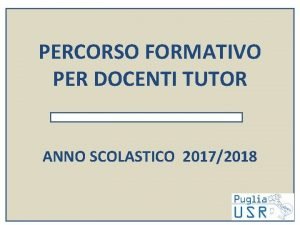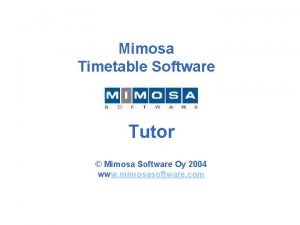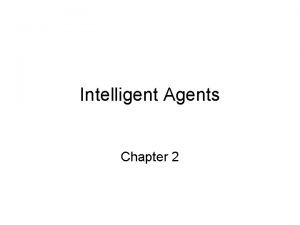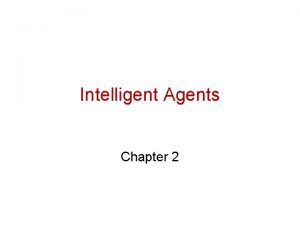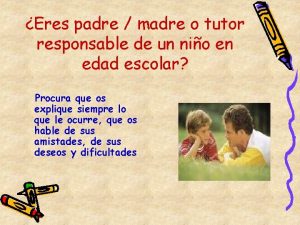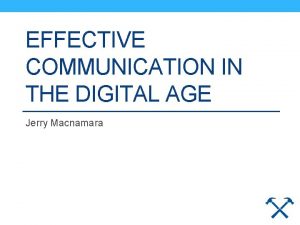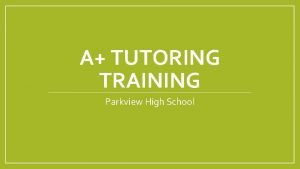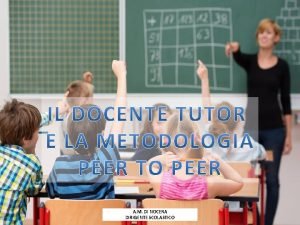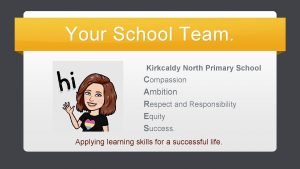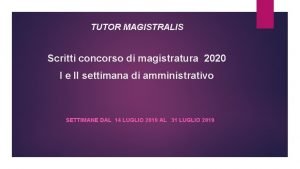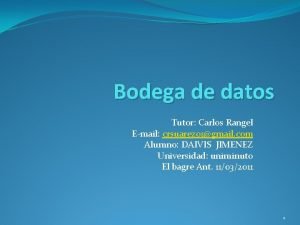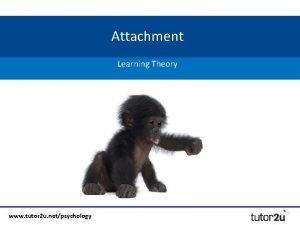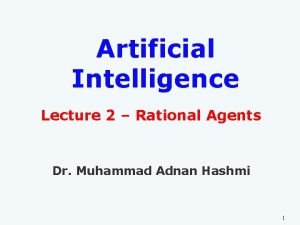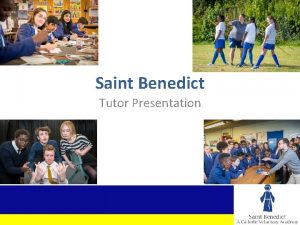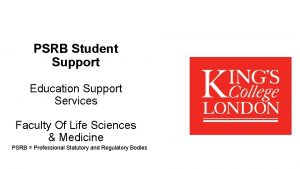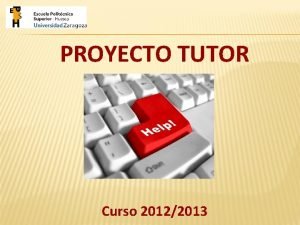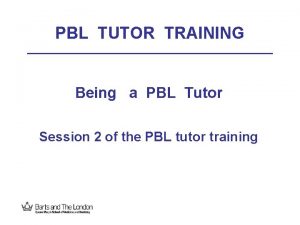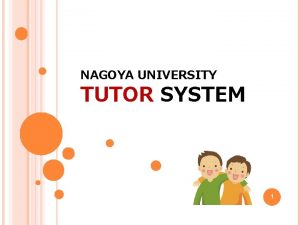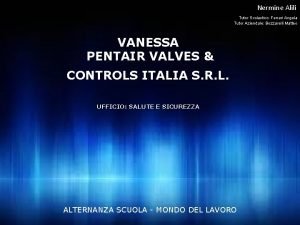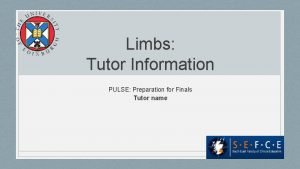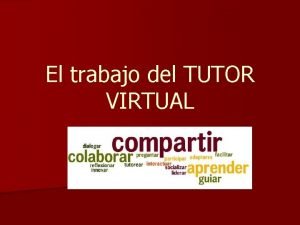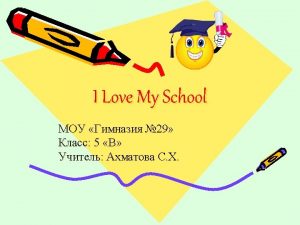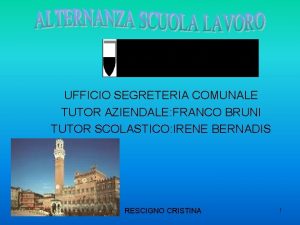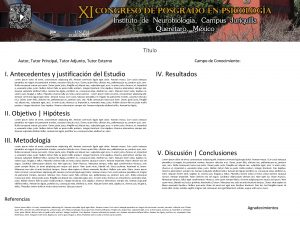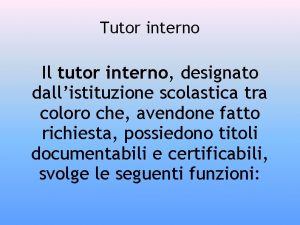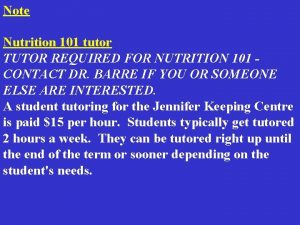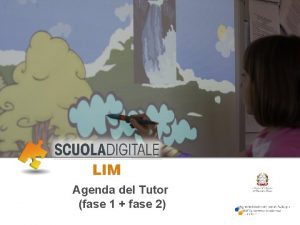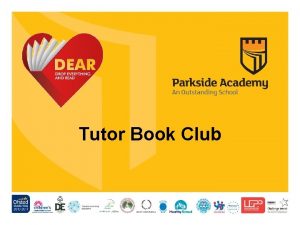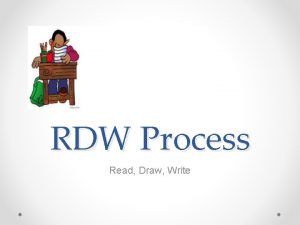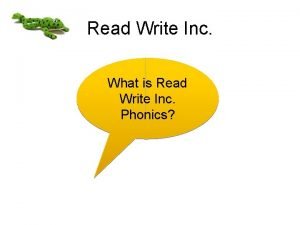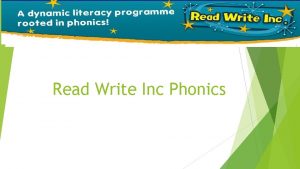Read Write Serve Tutor Training Read Write Serve








![How Do Children Develop Reading Comprehension? � Two-Stage Process [M. Pressley (2000)] � Lower How Do Children Develop Reading Comprehension? � Two-Stage Process [M. Pressley (2000)] � Lower](https://slidetodoc.com/presentation_image/6d67d8ee16d27dcc50523a2a544d095b/image-9.jpg)























- Slides: 32

Read. Write. Serve Tutor Training Read. Write. Serve Programs of the Center for Adolescent Literacies at UNC Charlotte

What is Read. Write. Serve? �Read. Write. Serve--Partnership for Literacy Action Initiatives brings together UNC Charlotte and community-based resources to address increasingly complex literacy needs of students and their families in the Southeastern U. S. through service, research and community-based programs that are culturally relevant and focused on community needs. �RWS supports literacy and reading tutors working with students at different levels and in differing contexts. �We offer a structured but flexible approach to tutoring that relies on tutors to make decisions p. 2 about the needs of learners.

RWS Tutors Provide �Homework Help �Reading Support �Mentoring A note about our terminology: Tutors-----UNC Charlotte student /staff volunteers Learners----the grades K-12 students receiving tutoring

The RWS Commitment �Set a time commitment that is reasonable and stick with it. We ask that you commit to meeting with a learner once a week if possible. Whatever your schedule, please keep your commitment to our student partners. �Be ethical and responsible in all that you do in your work with p. 2 student partners. You are mentors and role models.

Have questions? Need help? �Check out the Read. Write. Serve Tutor Blog at rwstutoring. wordpress. c om �Get tutoring tips �Learn about upcoming events and trainings �Ask questions & join a conversation

Get to know each other Ice breaker & information

Instructional Sequence Rationale To establish purpose, activate background knowledge, motivate & engage learner. Pre-reading activities Pre-reading & Before Reading & Learning Previewing a book: Book Walk or Picture Learning Talk KWL Talk about the subject or text Scaffold reading and learning. Make learning active. During-reading activities Reader-Text Shared reading: Choral or Part Reading During Reading & Learning Interactions Reread for fluency Say Something Think Pair Share Double Entry Journal To extend and elaborate ideas from the text Post-reading activities Retellings and discussion Post reading & After Reading & Learning Journaling Learning Concept Maps

Comprehension �Comprehension is the “so what” of reading. Readers who comprehend understand can answer questions about what they’ve read. Here are some strategies that help with comprehension: p. 22
![How Do Children Develop Reading Comprehension TwoStage Process M Pressley 2000 Lower How Do Children Develop Reading Comprehension? � Two-Stage Process [M. Pressley (2000)] � Lower](https://slidetodoc.com/presentation_image/6d67d8ee16d27dcc50523a2a544d095b/image-9.jpg)
How Do Children Develop Reading Comprehension? � Two-Stage Process [M. Pressley (2000)] � Lower processes focused at the word 9 level— � word recognition (phonics, sight words), � fluency (rate, accuracy, and expression), and � vocabulary (learning word meanings). � Higher-order processing— � activating and relating prior knowledge to text content Chapter 9

Strategies �Often need to be taught, you may need to model how to use strategies in multiple contexts �Can and should be adapted to fit the needs of the learner and situation

eduspaces. net

Key comprehension methods �Establish a purpose for reading �Use prior knowledge (KWL) �Ask questions (QARs) �Make inferences (chart) �Determine important information, summarizing (GIST) �Use text structure �Self-assessment

Establish a purpose for reading 1. Reader 2. Text 3. Activity 4. Situational context What can affect each of these components? eastreel. com 13 Chapter 9

Use prior knowledge 14 clerccenter. gallaudet. edu

Ask Questions Activities: QARs Before-during-after �Right there �Think and search � Cause/effect � Problem/solution � Compare/contrast � List/example �Author and me �On my own 15 Chapter 9

QARs LITERAL QUESTIONS INFERENTIAL QUESTIONS EVALUATIVE QUESTIONS

Make inferences Chapter Clues: What information is /topic: provided? Inference: What I know from the information and my experience? Record information from book, Students make inferences video, article Often requires prompting and modeling

Determining Important information Determining what is important �Overviews �Headings �Summaries Summarizing �Delete trivial or irrelevant information �Delete redundant information �Provide a super ordinate term for members of a category �Find and use generalizations �Create generalizations

Determining Important information GIST Who? When? What? Where? Why? How?

Use text structure rachelbillmeyer. netfirms. com

Use text structure Graphic organizers: Narrative Main characters Setting Problem Solution Main events

Flowcharts to relate story parts

Use text structure Graphic organizers: Non-fiction http: //blogs. swa-jkt. com/swa/jackiefrens/files/2013/08/Screen-shot-2013 -08 -17 -at-11. 07. 23 AM. png

Self-assessment �Does this make sense? �Retelling �Rereading

Seven Comprehension Skills 1. Identifying details 2. Establishing sequence 3. Associating cause and effect 4. Determining main idea 5. Predicting outcomes 6. Valuing 7. Problem solving

Say Something Double-entry Journal Take turns reading and… �Make a prediction �Ask a question �Clarify something you read �Make a comment �Make a connection Thoughts about the text before I read Thoughts after I read p. 23 -24

Double entry journals My Thoughts About the Text My Reaction After Reading (before and during reading; include page numbers)

Think-Pair-Share

3 -2 -1 3 3 things you found out 1. Paul Revere warned American colonists that the British soldiers were coming. 2. The Battles at Lexington and Concord were the first of the American Revolution. 3. The War lasted for eight years. 2 1 2 interesting things 1. More than 300 British died in these battles. 2. Samuel Whittemore was 78 years old and survived the battle and lived to be 96. 1 question you still have 1. What other battles were there in the war?

Talking Drawings

Resources for Tutors The Center for Adolescent Literacies offers the following resources: RWS Tutoring website https: //tutoring. uncc. edu/ RWS Tutoring blog http: //rwstutoring. wordpress. com/ Center for Adolescent Literacies website http: //literacy. uncc. edu/

Need help? Have questions? Read. Write. Serve Programs are a part of the Center for Adolescent Literacies at UNC Charlotte. If you have questions or need our help, call or email us: Dr. Bruce Taylor 704 -701 -5235 bruce. taylor@uncc. edu Jean Vintinner 704 -687 -7991 jvintin@uncc. edu
 Read write serve
Read write serve Offer versus serve training
Offer versus serve training Spellingtutor.co.uk
Spellingtutor.co.uk Kumon white rock
Kumon white rock Tutor webinar
Tutor webinar Oum tutor
Oum tutor Computer as a tutor
Computer as a tutor Tabe tutor math level m
Tabe tutor math level m Flail arm splint
Flail arm splint Splunk ftr
Splunk ftr Online sas tutor
Online sas tutor Tutor 2 you
Tutor 2 you Tongue tongue twisters
Tongue tongue twisters Visiting tutor
Visiting tutor Relazione finale tutor tirocinio esempio
Relazione finale tutor tirocinio esempio Tutor timetable software
Tutor timetable software Ai peas example
Ai peas example Peas for part picking robot
Peas for part picking robot Peas for automated taxi driver
Peas for automated taxi driver Padre/tutor
Padre/tutor Effectively communicate meaning
Effectively communicate meaning Tutor parkview
Tutor parkview Esempi di peer to peer compilati
Esempi di peer to peer compilati English tutor hub
English tutor hub North primary school kirkcaldy
North primary school kirkcaldy Tutor magistralis
Tutor magistralis Datos tutor
Datos tutor Tutor to u
Tutor to u Peas for part picking robot
Peas for part picking robot Bsc computer science ucl
Bsc computer science ucl Tutor tongue twister
Tutor tongue twister Tutor time uniform
Tutor time uniform Personal tutor dashboard kcl
Personal tutor dashboard kcl
